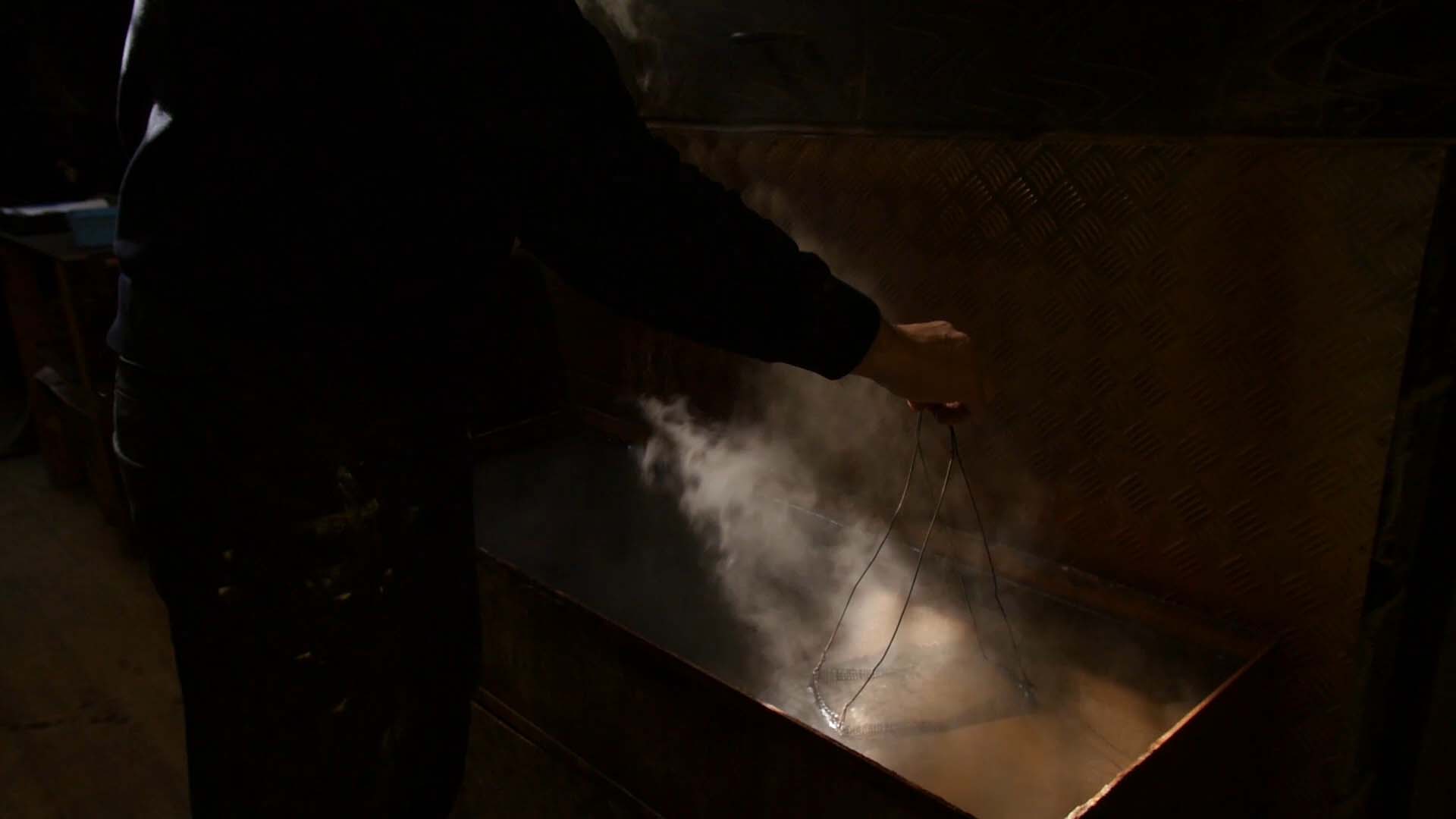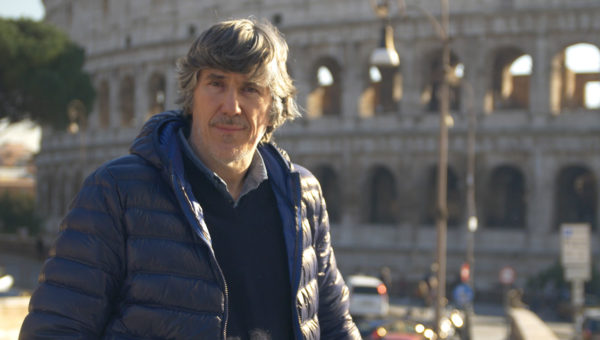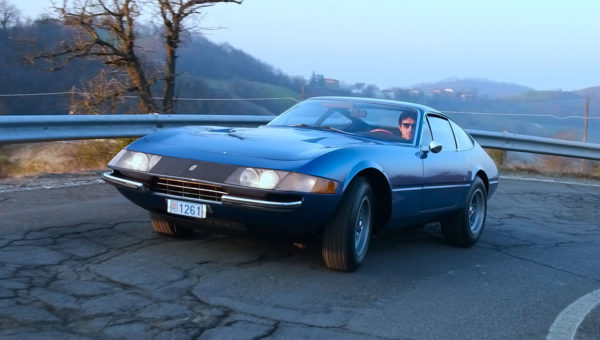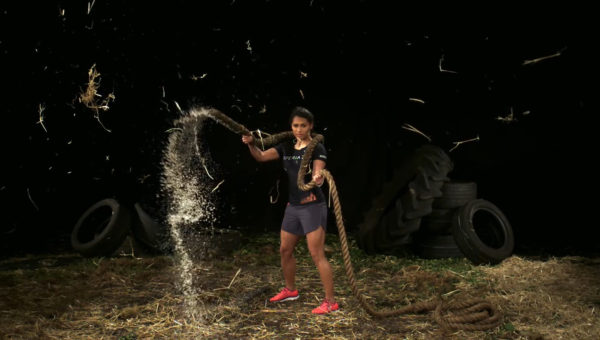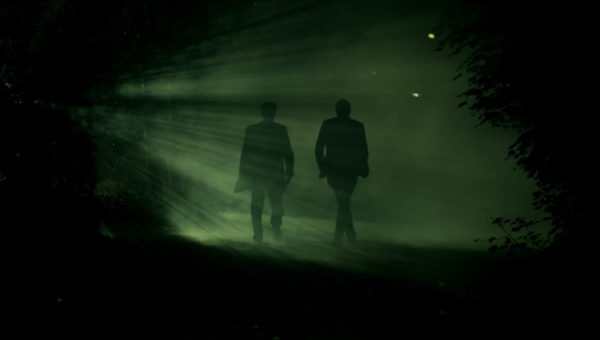APartnership od Distinction is a video campaign we produced to promote a one-of-a-kind collaboration between two family owned business, F.P. Journe and Holland & Holland, synonymous with the highest calibre of hand-wrought object d’art. A timepiece like no other.
The video campaign included a Teaser video, that was spread across the media one week before the launch, an Unveil Video and a 3 episodes documentary. The documentary was screened at the launch event in Bruton Street, Mayfair. The 3 episodes were then released once a week after the launch across social media, industry magazines and more.
The video campaign was complemented with a photo session for the product’s press kit.
A Parternship Of Distinction – Ep 2 The Damascus steel
The idea was to use bars of two or more different types of steel, or iron steel, one having less carbon content, and forge them together into a single bar. This was done by heating, twisting and hammering as needed, and then folding the bar, hammering and forging it again. The process was repeated a few more times. The result was a bar with layers of steel of different types producing the wavy lines and patterns visible due to the difference in chemical composition between the different bars used.
The technique was first called ‘pattern welding’ and was known to several cultures. The Japanese had been using it to manufacture their swords since 1100 AD, and the Vikings and Celts around 600 AD. By 1570, it was used to manufacture gun barrels in India. The Damascus techniques had spread to the Ottoman Empire and later to Hungary and Spain by the 1650s. The defeat of the Turks at the siege of Vienna in 1683 yielded thousands of captured pattern welded barrels for examination. This accelerated the manufacturing of pattern welded barrels in Europe. By 1700, the Belgians were producing pattern welded barrels in Liège, and in the early 1800s, the technique was used in England to produce high quality sporting barrels.
The challenge in producing the dial of this limited series was the process of cutting the dials out of the round barrels. This involved several operations that took place in London and in Geneva, at F.P. Journe’s own dial makers, “Les Cadraniers de Genève”.
